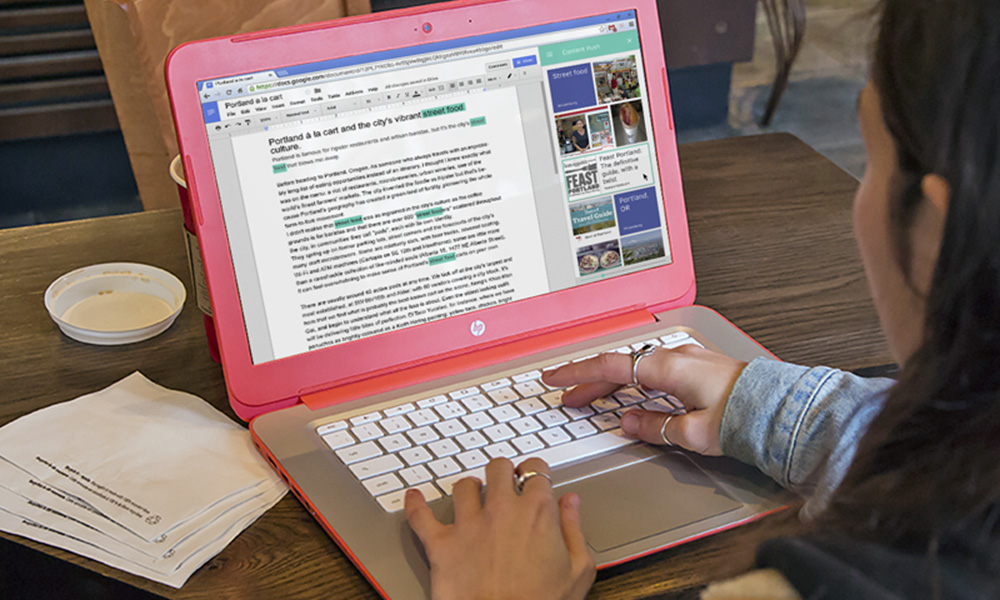
GOAL
• Improve people’s writing experience in Google Docs.
• Deliver content that’s useful and inspiring.
• Support a new business partnership (Intel & Google).
DESIGN
A Chrome extension for Google docs that allows content to be auto-aggregated.
Process
Leading the design team and collaborating with an engineering team focused on Natural Language Processing (NLP), we developed an innovative Chrome extension designed to enhance the Google Docs experience. The extension was released on the Google Play Store and was instrumental to the creation of a new business partnership between Intel and Google.
We worked inclusively and flexibly using a research-led and multi-disciplinary process. We used the Agile methodology to create rapid iterations and testing cycles to identify the minimum viable product (MVP).
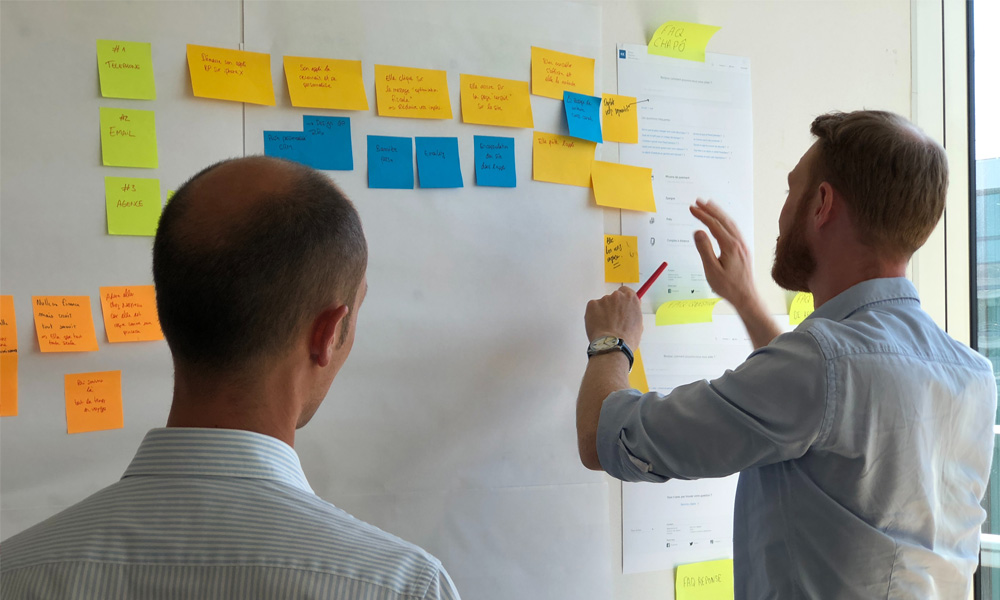
We started by defining the direction, scope and methodology of the project. Our brainstorm enabled each team member to contribute according to their field of expertise. Each collaborator had a clear role and owned a specific part of the project. This process allowed us to achieve the necessary balance between innovation, technical feasibility and business viability.
We used 3 main tools to test our ideas:
• White board and paper prototypes
• Interactive low-fidelity prototypes
• Online & Offline usability testing
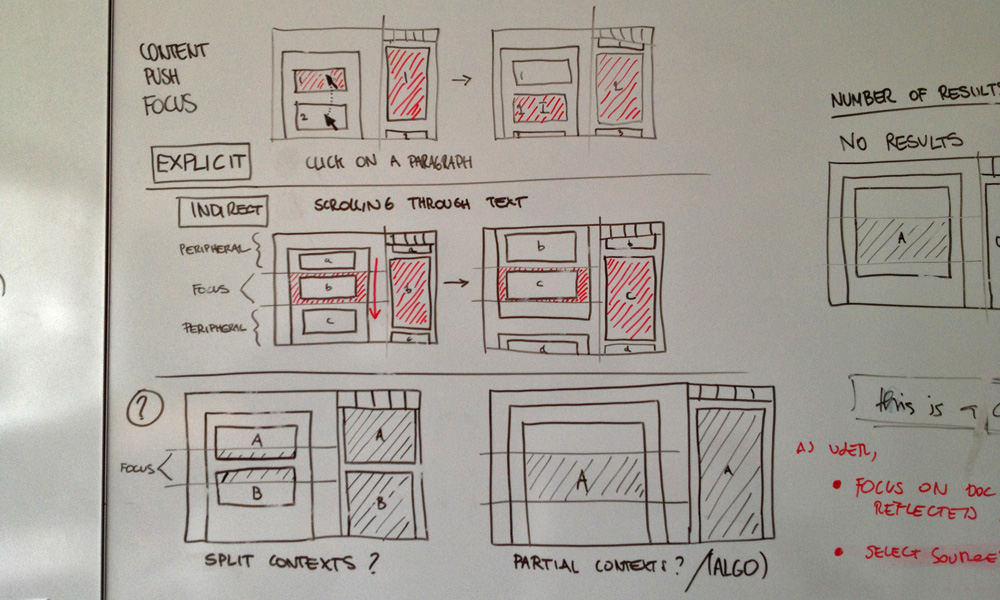
White board & paper prototypes
Early features and user flows were tested on white boards by allocating specific tasks to various colleagues. This step was useful to quickly validate our direction and key interactions. It highlighted the need to concentrate on simplicity to avoid overwhelming the user with excessive information. The extension should not obstruct the flow of the user at any time. Once we proved the simplicity of the structure, we moved towards a more detailed approach.
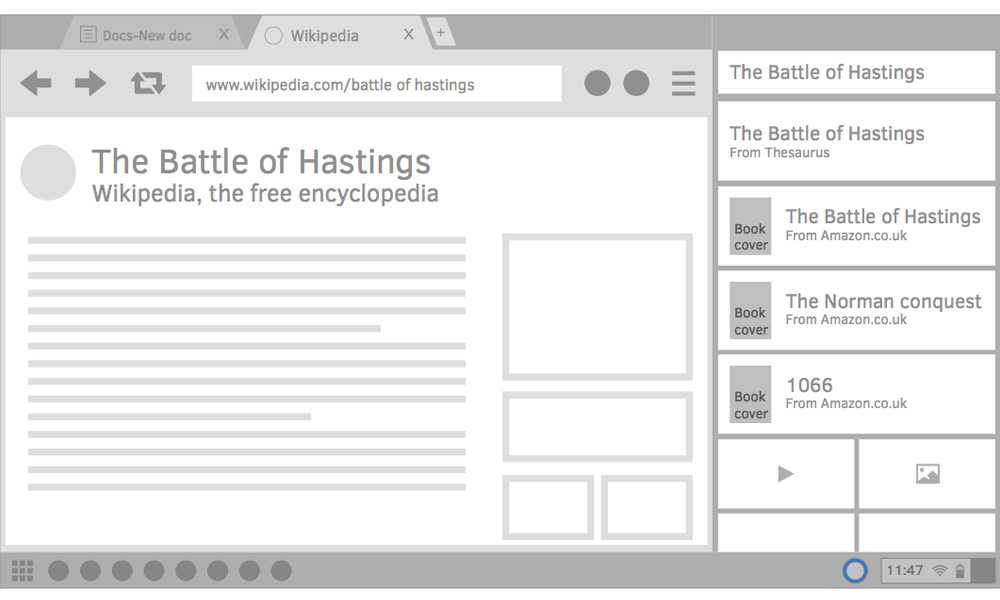
Interactive low-fidelity prototypes
This phase was key to understanding how to deliver value to our users. Our goal was to define the key features of a successful MVP. We quickly tested multiple options by building flows for different types of users. We learnt that our users expected the extension to be in a side panel that accompanied the writing process. We moved to testing with external users once we were confident about our solutions.
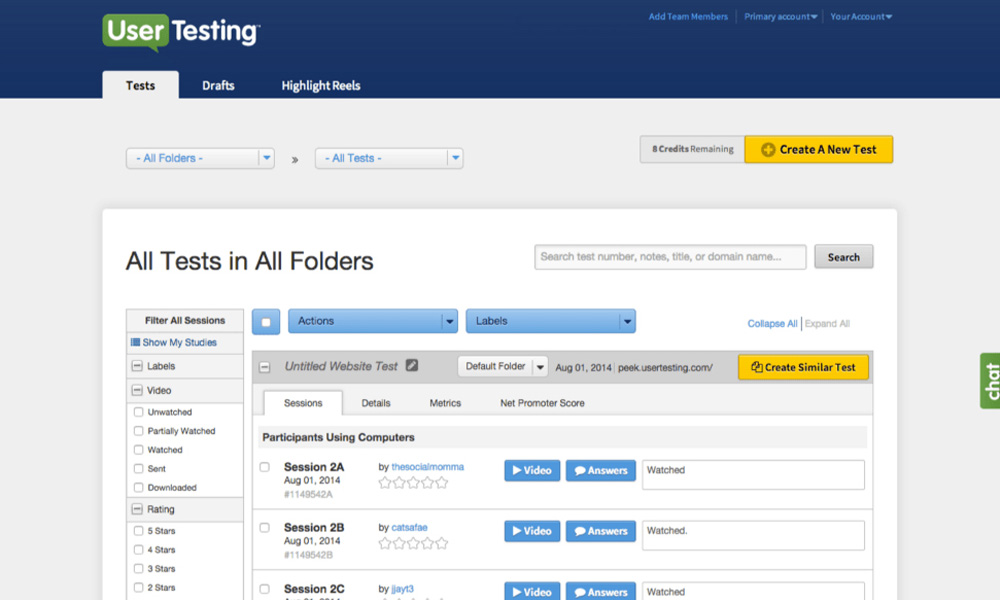
Online User Testing
We continued testing our hypotheses by running online & offline usability testing sessions. We were pleased to learn that participants found the extension useful and that it behaved in a delightful manner. Learnings (such as source management) were immediately used to inform the design of following versions.
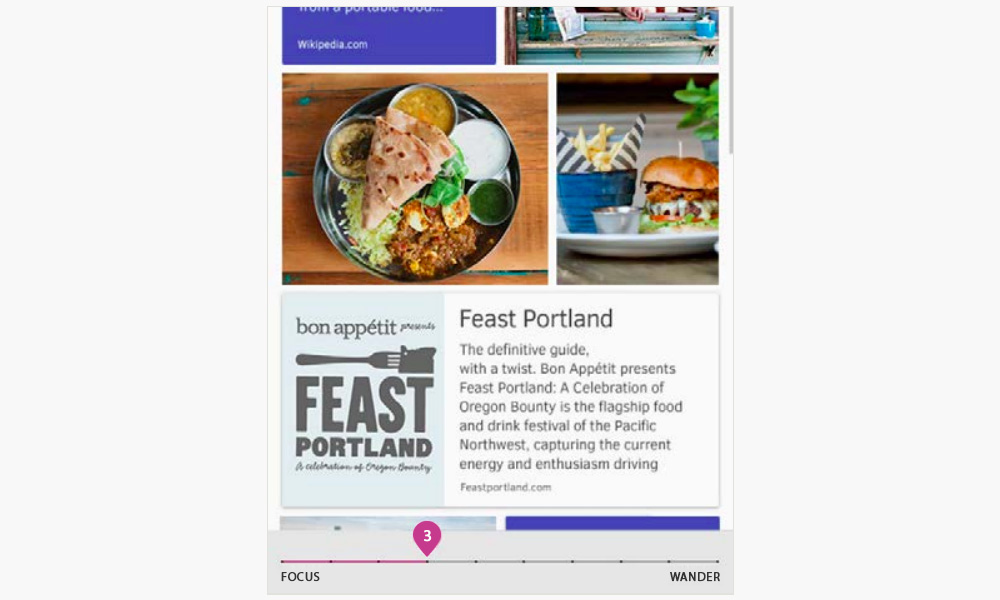
Focus & wander
Additional usability sessions uncovered participants’ need for focus and discovery. In response, we designed a feature that allows them to ‘Focus’ or ‘Wander’ in order to find different results.
Another key insight showed us how to improve the UX by focusing on the visible part of the text rather than the entire document. This led to a dramatic improvement in the performance of the extension which further improved the UX.
Engineering
The impact of engineering on this project was crucial. Thanks to a close collaboration, we quickly identified opportunities and technical challenges. Our design pushed the engineering team to find creative solutions to optimise the NLP algorithm and the search queries across platforms.
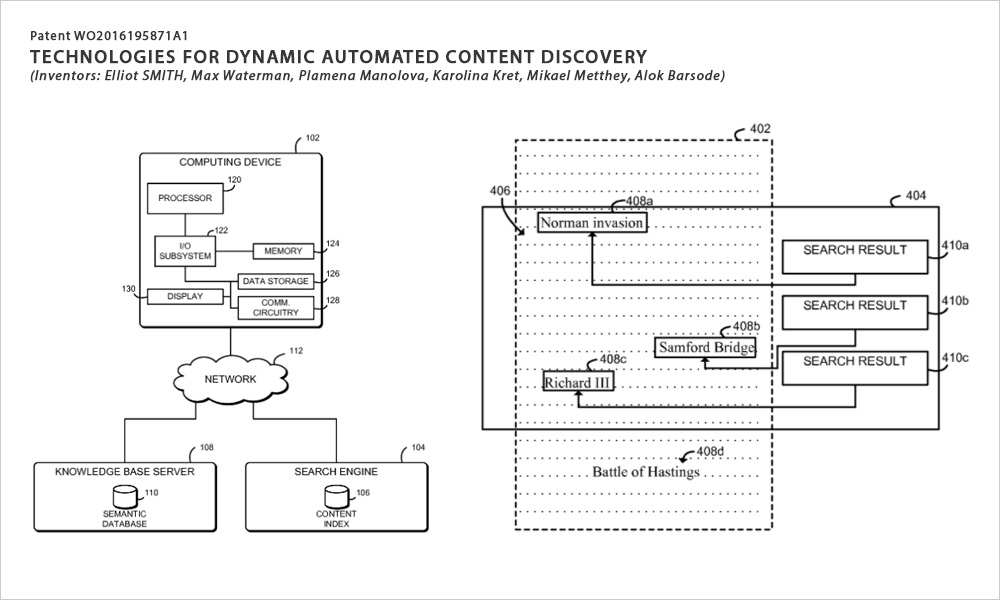
The algorithm for Content Push is so effective that we successfully filed a patent for the use of NLP engines to discover content based on keyword analysis.
Patent WO2016195871A1: TECHNOLOGIES FOR DYNAMIC AUTOMATED CONTENT DISCOVERY (Inventors: Elliot SMITH, Max Waterman, Plamena Manolova, Karolina Kret, Mikael Metthey, Alok Barsode).
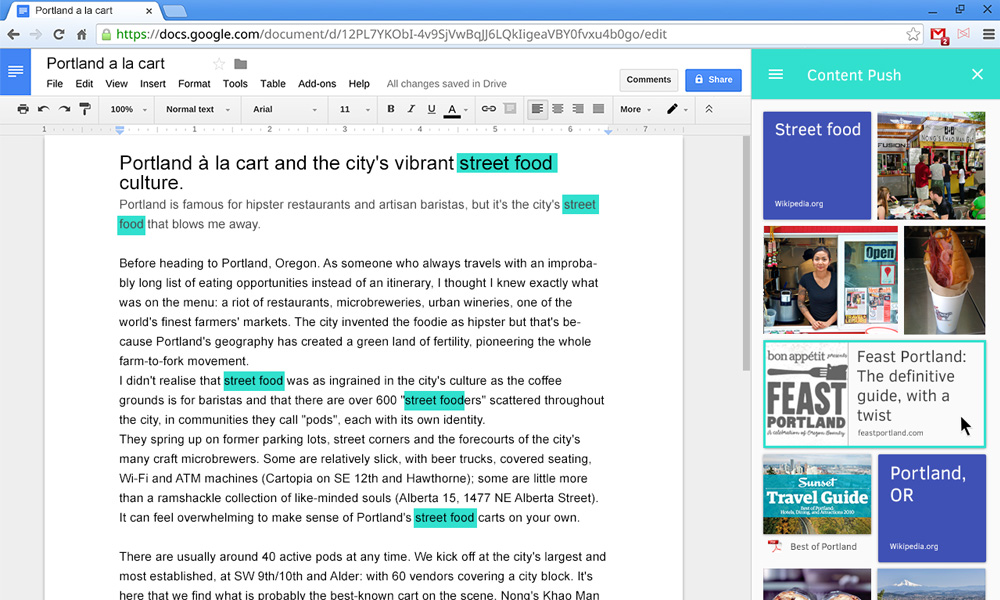
The outcome
The Content Push extension can be added to Chrome on any desktop device. It reacts to the changes detected in the user’s document and delivers relevant content (i.e. images, videos, articles, links, etc.) in real time.
Users can click and drag items from the side panel directly into the document to add it into the text. They can also click on items to explore the source and discover more related items.